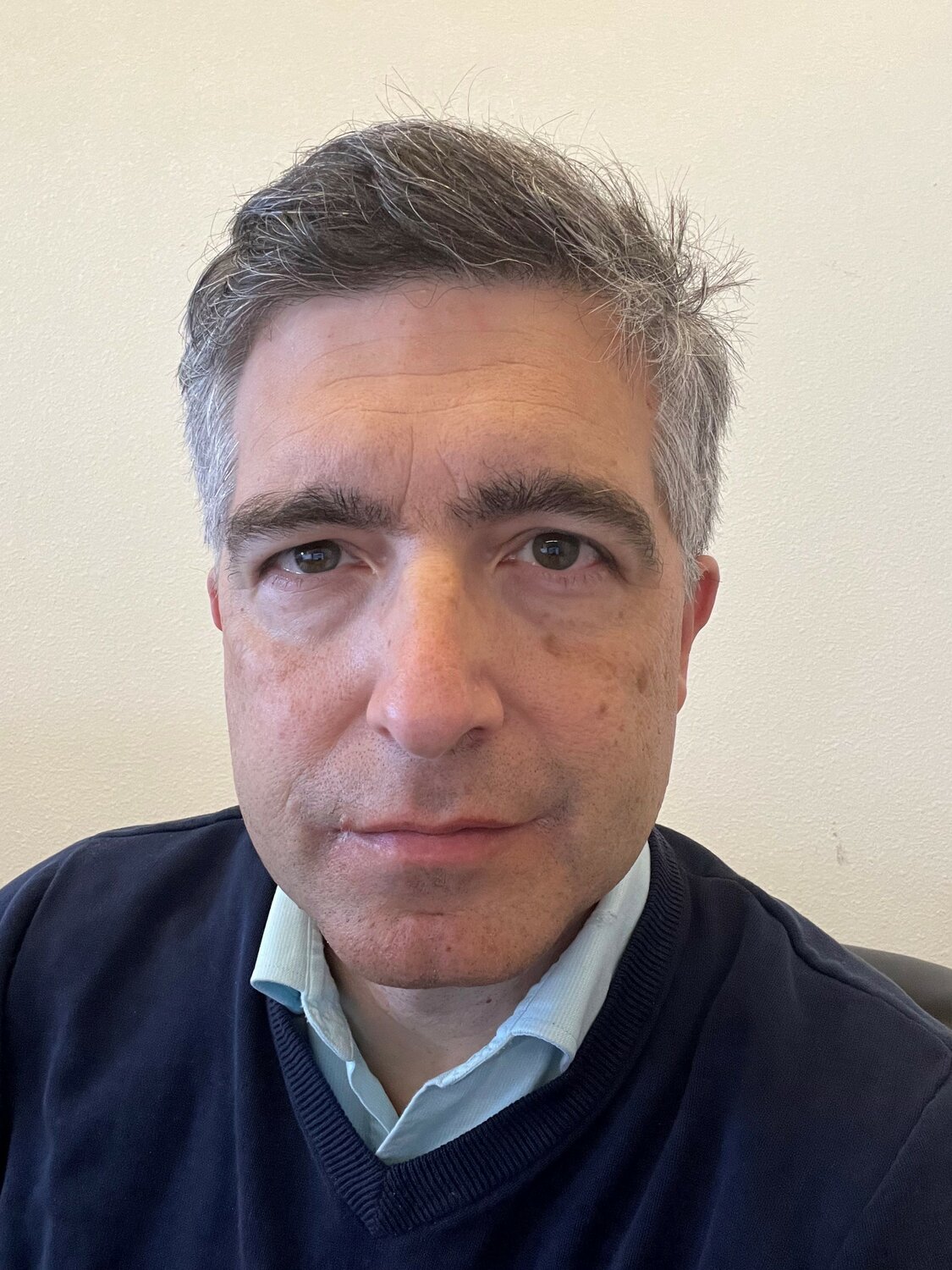Wind: mph,
Welcome to our new web site!
To give our readers a chance to experience all that our new website has to offer, we have made all content freely avaiable, through October 1, 2018.
During this time, print and digital subscribers will not need to log in to view our stories or e-editions.

The two presumptive nominees for president are 81 and 77 years old. They would be the oldest major party nominees for the office in history, just as they were in 2020. It is reasonable to consider age as one factor in picking a president but, alas, there are at least three deeply-rooted issues here that get little attention in journalism or popular discussion.
The first consideration is America’s unhealthy narratives about aging. We hold a fictitious concept of a single prime of life and set the standard at age 30 or so. After that, we speak of being “over the hill” and associate decades of living as a sorry decline rather than continuing maturation, transformation and accumulated wisdom. Consider the fortunes spent by middle-aged people covering up evidence of transition, and the way our elders are often portrayed in popular media, the often tasteless jokes made about older bodies. Partisan politics will play on these fears as every verbal slip and moment of confusion will be portrayed as a sign of senility and unfitness for public life.
Second, insufficient attention is given to how unpopular this rematch is. Polls repeatedly demonstrate that Americans did not want a repeat of Biden vs. Trump, but we got it anyway. The fix was in long before anyone got to vote. We are not talking enough about how the professionalization of politics constrains voters’ choices.
Thirdly, it is appropriate to consider the suitability of the world’s toughest job for people of advanced age, even those in good health. It is curious, however, that we don’t consider, even for the sake of conversation, that the responsibilities of the executive branch, national security and foreign policy are too much to ask of a single person, no matter how well they delegate the burden. Instead of asking why we ask so much of one president, we gaze fascinated at before-and-after photos of our presidents, depicting the physical destruction of their service.